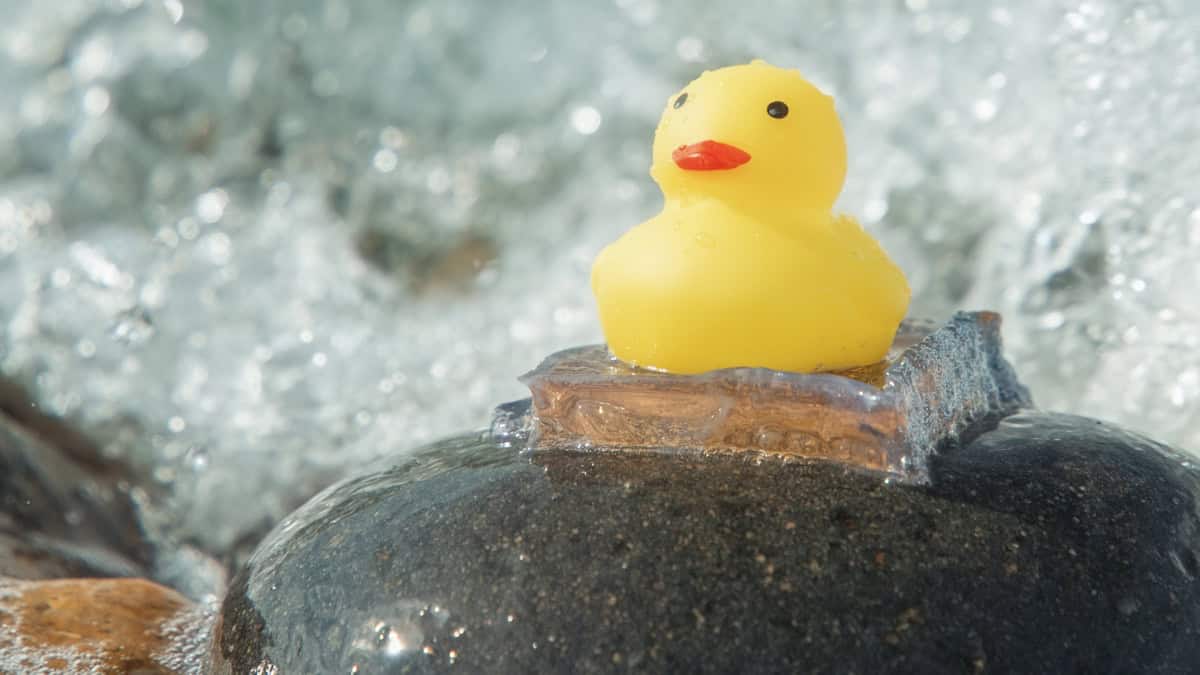Science
Researchers Develop Super Sticky Hydrogels Using AI and Data Mining

Researchers at Hokkaido University in Japan have pioneered a method for creating ultra-sticky hydrogels suitable for wet environments by leveraging artificial intelligence (AI) and data mining techniques. This innovative approach marks a significant advancement in material design, particularly in developing soft materials that traditionally face challenges in adhesion. Their findings were published in the journal Nature.
Soft materials, such as hydrogels, are composed of interlinked polymer networks that retain water. The design process for these materials is complex, as it involves selecting various building blocks and optimizing their arrangements. The inherent properties that make materials soft often do not promote adhesion, making it difficult to achieve the desired results without costly experimental trials.
To tackle this challenge, the team utilized data from the National Center for Biotechnology Information (NCBI) Protein database. This extensive resource contains amino acid sequences from natural adhesive proteins found in various biological organisms, including bacteria and eukaryotes. By synthesizing and adapting these sequences for hydrogel polymer strands, the researchers aimed to enhance the adhesive capabilities of the resulting materials.
Hailong Fan, co-lead author of the study, noted, “We were inspired by nature’s adhesive proteins, but we wanted to go beyond mimicking a few examples. By mining the entire protein database, we aimed to systematically explore new design rules and see how far AI could push the boundaries of underwater adhesion.”
The researchers initially designed and synthesized 180 bioinspired hydrogels, each exhibiting unique adhesive properties. Through the application of machine learning techniques, they refined these materials further, achieving underwater adhesive strengths exceeding 1 MPa, marking a significant improvement over previous adhesives. The AI-designed hydrogels also demonstrated functionality across various surfaces in both fresh and saline water.
The team tested the top three performing hydrogels in different wet environments, successfully demonstrating their durability and effectiveness. One hydrogel adhered a rubber duck to a rock, remaining in place despite continuous wave impacts. Another hydrogel effectively patched a 20 mm hole in a high-pressure water pipe, successfully halting leaks for over five months. Additionally, a third hydrogel was tested for biocompatibility under the skin of mice, highlighting its potential for biomedical applications.
Potential Applications and Future Research
The remarkable adhesive properties of these hydrogels open the door to various applications, from biomedical engineering—such as prosthetic coatings and wearable biosensors—to deep-sea exploration and marine farming.
Looking ahead, Fan indicated that the team aims to delve deeper into the molecular mechanisms behind these adhesives. He stated, “Our next step is to study the molecular mechanisms behind these adhesives in more depth and to expand this data-driven design strategy to other soft materials, such as self-healing and biomedical hydrogels.”
This research not only sets a precedent for future material design but also illustrates the potential of data-driven approaches in developing functional soft materials that can address complex challenges in various fields.
-

 Entertainment2 weeks ago
Entertainment2 weeks agoAndrew Pierce Confirms Departure from ITV’s Good Morning Britain
-

 Health4 months ago
Health4 months agoNeurologist Warns Excessive Use of Supplements Can Harm Brain
-

 Health4 months ago
Health4 months agoFiona Phillips’ Husband Shares Heartfelt Update on Her Alzheimer’s Journey
-

 Science2 months ago
Science2 months agoBrian Cox Addresses Claims of Alien Probe in 3I/ATLAS Discovery
-

 Science2 months ago
Science2 months agoNASA Investigates Unusual Comet 3I/ATLAS; New Findings Emerge
-

 Entertainment1 week ago
Entertainment1 week agoGogglebox Star Helena Worthington Announces Break After Loss
-

 Entertainment1 month ago
Entertainment1 month agoTess Daly Honoured with MBE, Announces Departure from Strictly
-

 Science2 months ago
Science2 months agoScientists Examine 3I/ATLAS: Alien Artifact or Cosmic Oddity?
-

 Entertainment3 months ago
Entertainment3 months agoLewis Cope Addresses Accusations of Dance Training Advantage
-

 Entertainment5 months ago
Entertainment5 months agoKerry Katona Discusses Future Baby Plans and Brian McFadden’s Wedding
-

 Science2 months ago
Science2 months agoNASA Investigates Speedy Object 3I/ATLAS, Sparking Speculation
-

 Entertainment5 months ago
Entertainment5 months agoEmmerdale Faces Tension as Dylan and April’s Lives Hang in the Balance









